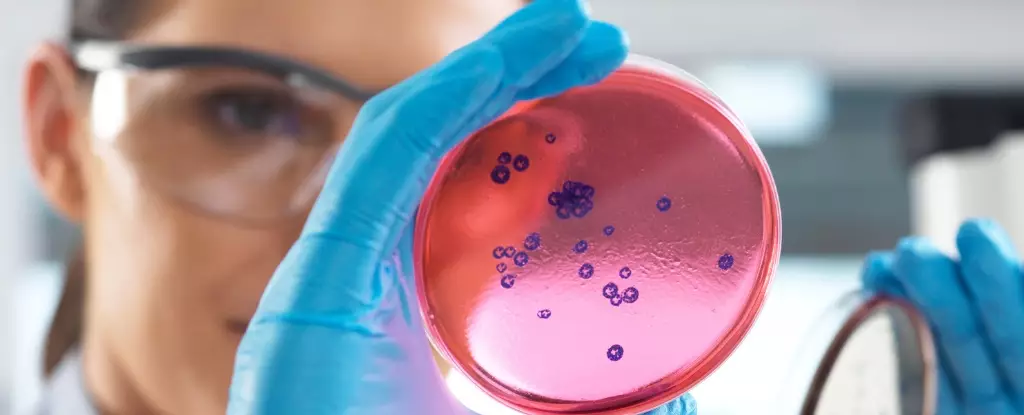While bacteria are often seen as the culprits behind deadly diseases and antibiotic resistance, it is important to remember that they are simply trying to survive. Their ability to evolve and adapt quickly has made them formidable opponents in the fight against bacterial infections. In light of the growing threat of antibiotic resistance, researchers are exploring new strategies to combat these resilient microbes.
The search for new antibiotics to address the rising challenge of bacterial resistance has led scientists to investigate combination therapies. By targeting multiple bacterial escape pathways simultaneously, these combination treatments aim to reduce the chances of bacteria developing resistance through successive mutations. This approach is seen as a critical strategy to avoid seeding further antibiotic resistance with the drugs we use.
A team of scientists from the US and China has made a significant breakthrough in the development of dual-action antibiotics. Known as macrolones, these synthetic compounds are derived from older antibiotics that bacteria had become resistant to after widespread use. By combining a quinolone side chain with the central ring of macrolide antibiotics, researchers were able to create a new class of antibiotics with enhanced potency.
In a recent study, researchers synthesized three new macrolones and analyzed their molecular structures to determine how they target bacterial cells. The findings revealed that macrolones kill bacteria by interfering with a bacteria-specific enzyme involved in DNA replication and by inhibiting the cell’s protein production factories, the ribosomes. This dual-action approach makes it significantly harder for bacteria to develop resistance.
The unique properties of macrolones have shown remarkable efficacy in combating drug-resistant bacterial strains. By targeting two crucial bacterial functions simultaneously, macrolones have demonstrated the ability to eradicate bacteria without activating known resistance genes. This multifaceted approach makes it nearly impossible for bacteria to develop a simple genetic defense against these potent antibiotics.
Despite the promising results of the study, researchers acknowledge that there is still work to be done to strengthen the defenses of these dual-action antibiotics against evolving bacterial strains. While resistance may seem “nearly impossible” based on current estimates, it is essential to remain vigilant against the genetic adaptations that bacteria may employ to evade these new treatments. Understanding the mechanisms of action of dual-action antibiotics is crucial for informing future developments in the fight against antibiotic resistance.


Leave a Reply